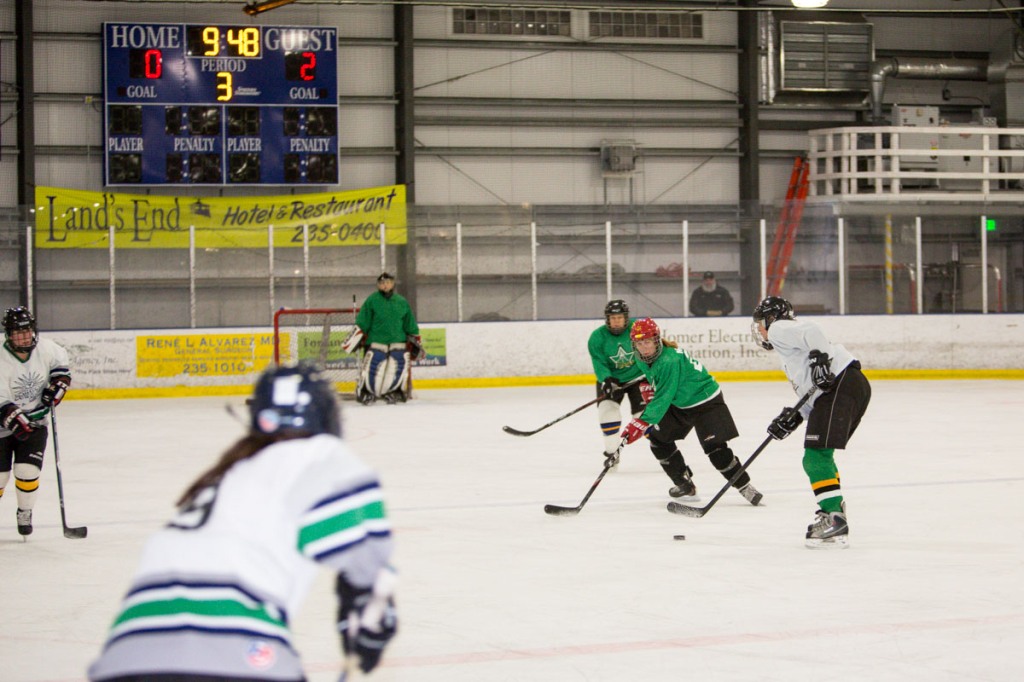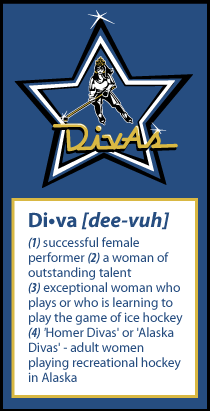What we talk about before every game: Three ABCs: support the puck, protect the puck, and play on the defensive side of the puck.
Play on the defensive side of the puck.
 This is a defensive concept, and it means playing between your goal and the puck carrier or a player who wants the puck. Defensive positioning prevents the opposing puck carrier from skating in open toward your goal. By staying on the defensive side you make a player have to play through your body to make a play towards the net.
This is a defensive concept, and it means playing between your goal and the puck carrier or a player who wants the puck. Defensive positioning prevents the opposing puck carrier from skating in open toward your goal. By staying on the defensive side you make a player have to play through your body to make a play towards the net.
This is essential for defensemen in front of their own net.
Sounds easy. It is much more effective to be in good defensive position than to be reaching and hooking from behind the play.
Playing on the defensive side applies all over the ice. In the offensive zone on the forecheck – the player with the puck shouldn’t get by you with the puck (make her pass it). The other forecheckers should stay on the defensive side of their checks as well. You will see how much difficulty the other team has breaking out of their zone. Playing on the defensive side in the offensive zone (forechecking) makes it possible to get the puck back over and over.
Remember: You play offense (your team has the puck) and defense (the other team has the puck) and have loose pucks (neither team has clear possession of the puck) in all zones and in all areas of the ice.
In the neutral zone we say “wings on wings” – it is easy to remember and not a bad idea for covering their open players. Again stay on the defensive side of the puck and the opponent’s passing/support options even in the neutral zone.
In the defensive zone we like to play man on man. Wings play down at the top of the circles between the puck and the offensive defenseman on the blue line (the point). Defensemen and centers need to check (count) and make sure their team is not outnumbered in front of the net, before they go into the corners. When there is a breakdown in coverage everyone comes back to the most dangerous part of the ice (in front of the net) and protects the house.
Here are some videos to help you learn these concepts:


